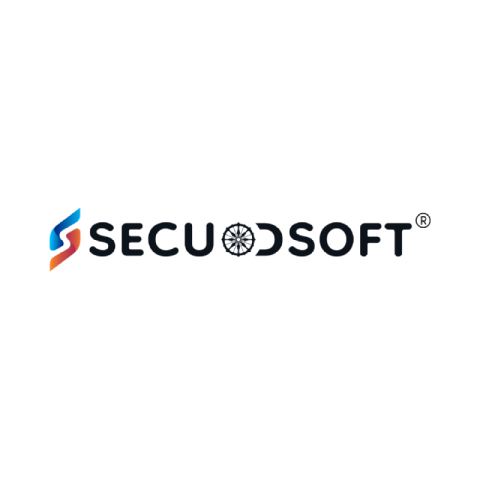
Articles
A Complete Beginner's Guide to Internet of Things 2025

Share this post
Imagine waking up to your alarm clock that automatically adjusts based on your sleep patterns, while your coffee maker starts brewing your morning cup and your thermostat sets the perfect temperature without you lifting a finger. Welcome to the world of IoT (Internet of Things), where everyday objects become intelligent, connected, and incredibly helpful.
The Four Core Components of IoT Systems
Sensors and data collection form the foundation of every IoT system. These tiny components act like digital senses, constantly monitoring temperature, motion, light, sound, humidity, location, and countless other environmental factors. A smart thermostat uses temperature sensors, a fitness tracker monitors heart rate and movement, while industrial IoT devices might track machinery vibrations or chemical compositions.
How IoT Devices Communicate
Connectivity serves as the communication highway that allows IoT devices to share their collected data. This happens through various methods including Wi-Fi, Bluetooth, cellular networks, satellite connections, or specialized IoT protocols like LoRaWAN and Zigbee. The choice of connectivity depends on factors like power consumption, range requirements, and data transmission needs.
Getting Started with IoT: Practical Steps for Beginners
Start Small and Build Gradually
Starting your IoT journey doesn't require technical expertise or massive investment. Begin with simple, single-purpose devices that address specific needs or interests. A smart thermostat, security camera, or fitness tracker can provide immediate benefits while helping you understand how IoT technology works in practice.
Choose Compatible Ecosystems
Consider your existing ecosystem when choosing IoT devices. If you already use specific platforms like Apple HomeKit, Google Home, or Amazon Alexa, selecting compatible devices ensures seamless integration and simplified management. This approach also reduces the number of different apps and interfaces you need to learn.
Focus on Value Over Features
Focus on devices that offer clear value propositions rather than novelty features. The most successful IoT adoptions start with devices that solve real problems or significantly improve existing processes. As you gain experience and confidence, you can expand into more complex IoT applications and create integrated smart systems.
Whether you're interested in creating a smart home, improving business operations, or exploring how IoT devices can enhance your daily life, the key is starting small and building gradually. At [Your Company Name], we've seen firsthand how this measured approach leads to more successful IoT adoptions and better user satisfaction. The connected future is already here. It's just waiting for you to plug in and experience its transformative potential.
Conclusion: Embracing the Connected Future
IoT (Internet of Things) represents more than just technological advancement. It's a fundamental shift toward more intelligent, responsive, and efficient ways of living and working. From simple smart plugs to complex industrial systems, IoT technology is making our world more connected, data-driven, and user-centric.
